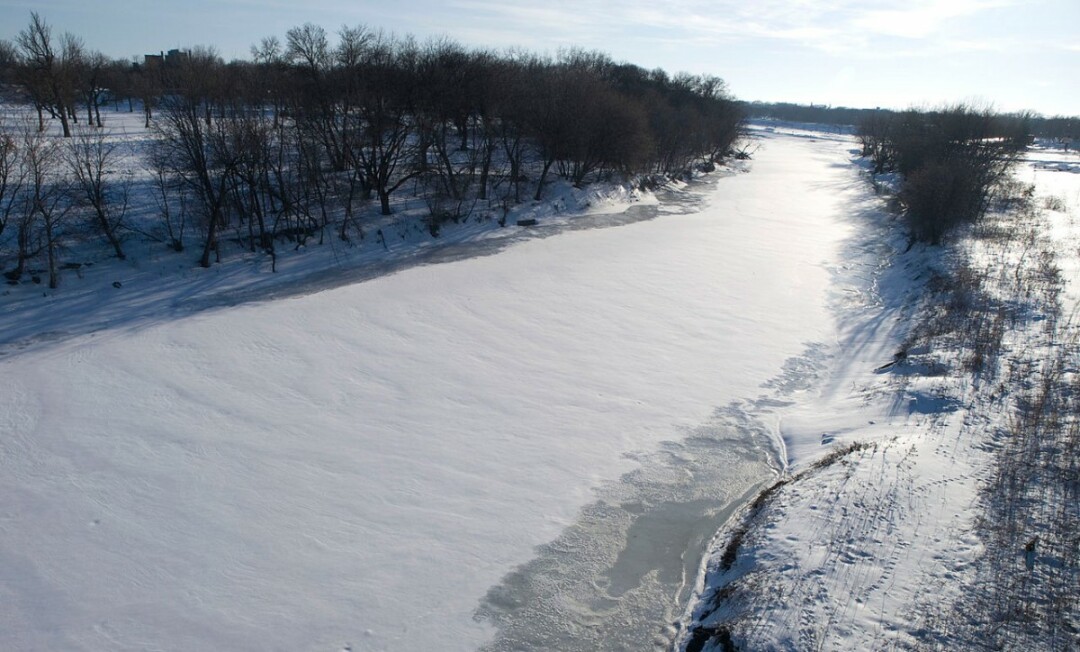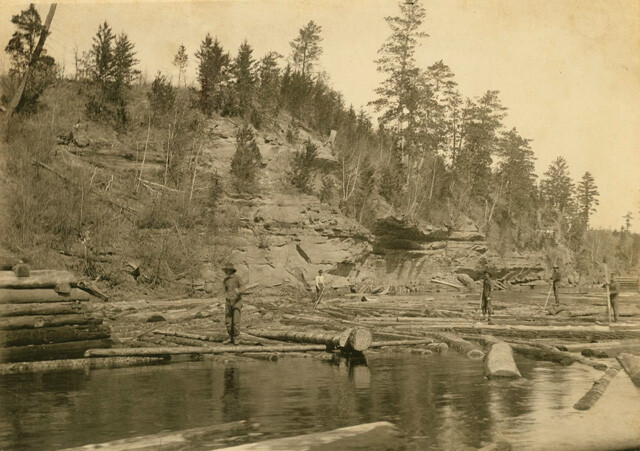This Naughty Naughty Town: Eau Claire's History of Logging and Red Lights

The logging origins of Eau Claire are well known to its residents. Perhaps less well known is a rather scandalous byproduct of the booming logging industry in the 19th century: the town became a hotbed for houses of ill repute. In spring, after the winter's harvest was safely in the river, hundreds of loggers would leave their camps and swarm back into town to wait until the ice floes melted—and they could send the logs downstream. Because Eau Claire was disproportionately home to more men than women, and since loggers didn't have a whole lot to do in the Northwoods whilst not logging, one thing led to another.

Photo: Chippewa Valley Museum
In 1893, the Eau Claire Weekly Leader claimed that one "could not travel 100 to 150 feet…without passing the entrance to a house of ill fame." Whether that's an exaggeration or not, the Eau Claire Weekly Press went on to call the town "This Naughty Naughty City." In the early 20th century, Wisconsin had almost 50 statutes regarding prostitution. Punishments were harsh, and ranged anywhere from six months to a year in jail. But in Eau Claire, "...two naughty people found occupying but one bed, where they should have had two" could only be fined – the man $7.15 and the woman $19.15.
Let's just take a few moments to appreciate the fact that "naughty" was a part of the legal vernacular in 1910, and then a few more moments to wonder what exactly defines a person as naughty. By the 1920s the population had balanced out more betwixt men and women, and the red light districts mostly faded away.




















